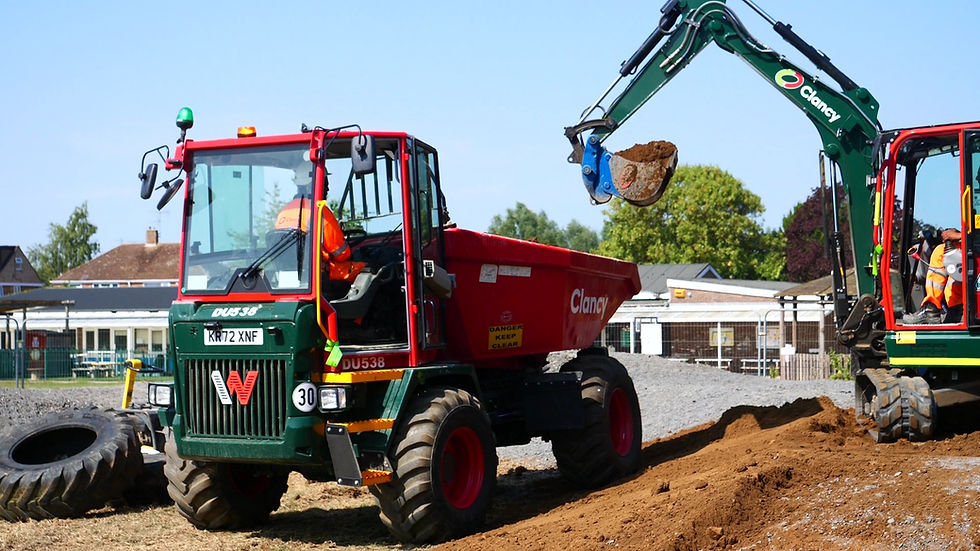What does the ‘Yanny or Laurel’ debate teach us about inclusion?
- Elena Gonzalez
- May 29, 2018
- 3 min read
If you haven’t heard it already, an audio illusion is sweeping the internet right now – a computer generated voice repeats a word but… what is the word? The answer is different for different people and has been hotly debated on social media. Some people, like me, hear ‘Yanny’ and others, my partner for instance, hear ‘Laurel’. My colleague, on the contrary, heard both versions on the same day. But who is right? Everyone and no one...
The scientific explanation tells us the final result is determined by a combination of frequency, mechanics of the ears and what we are expecting to hear.
This is a perfect example of different interpretations of the same truth, based on physical and emotional factors. You can present a piece of concrete evidence to a group and there will be several different responses.
We can use this analogy to look at the way we react to different cultures coming together in the workplace, having different interpretations of day to day situations. ‘Multiculturalism’ and ‘diversity’ are, too often, depicted as a utopia, but this is only true if approached in the right way. Yes, we have ‘cultural diversity’ in different people from different backgrounds sharing a specific geographical area or work space – but are we embracing each other’s differences to enrich our own experience? Or are we threatened by these differences as we feel an attack to our own? Are we team Yanny or Team Laurel?
In a work context, research overwhelmingly tells us that diverse teams perform better. According to a recent Harvard Business Review, diverse teams solve problems faster than teams of cognitively similar people. A diverse and inclusive workplace increases productivity and commitment by 50% (Source: CEP 2012) and businesses can benefit from up to an 80% improvement in performance compared to those with low diversity levels (Source: Center for Talent Innovation).
But diversity for its own sake does not work. We need to approach it purposefully to become exceptional together. At Eiffage Kier we have built our diversity approach around some key principles:
Share a purpose: cut through the differences to establish the key objectives and deliverables. This is critical in developing a sense of belonging to the team.
Keep an open mind: value each other’s ideas and opinions and don’t be afraid of different perspectives – ‘the way we have always done it around here’ will provide you with some comfort, but getting out of the comfort zone is where innovation happens
Cultural Intelligence: work effectively across cultures, understanding our own culture and biases and having the motivation to get to know others. The only way to crack this one is to talk to people, from a baseline of mutual respect, regardless of position or background
Stop fearing diversity: get rid of the negative connotations often linked to diversity – here I mean ’political correctness’ hidden under the banner of equality and inclusion. I remember a story where a recruiter was advised that her advert for 'reliable' and 'hard-working' applicants could be offensive to unreliable and lazy people!
Think about inclusion in a modern way: Are you actively looking to include people? Do your job titles put people off? Are your CVs anonymised? Tap into ‘hidden’ talent pools such as veterans, people with disabilities, people returning to work after an absence. Those tangible actions are bound to support inclusion for real.
While this is not an exhaustive list, it gives some basic pillars to build an inclusive culture, where people’s contributions or ideas – whether they are Yanny, Laurel or both – are encouraged and recognised without posing a threat to our own beliefs. Henry Ford said “coming together is the beginning; keeping together is progress; working together is success.”
Wouldn’t it be just great if, somewhere in the near future, we wouldn’t need Diversity managers as inclusion, fairness and respect would be a given in any workplace?





